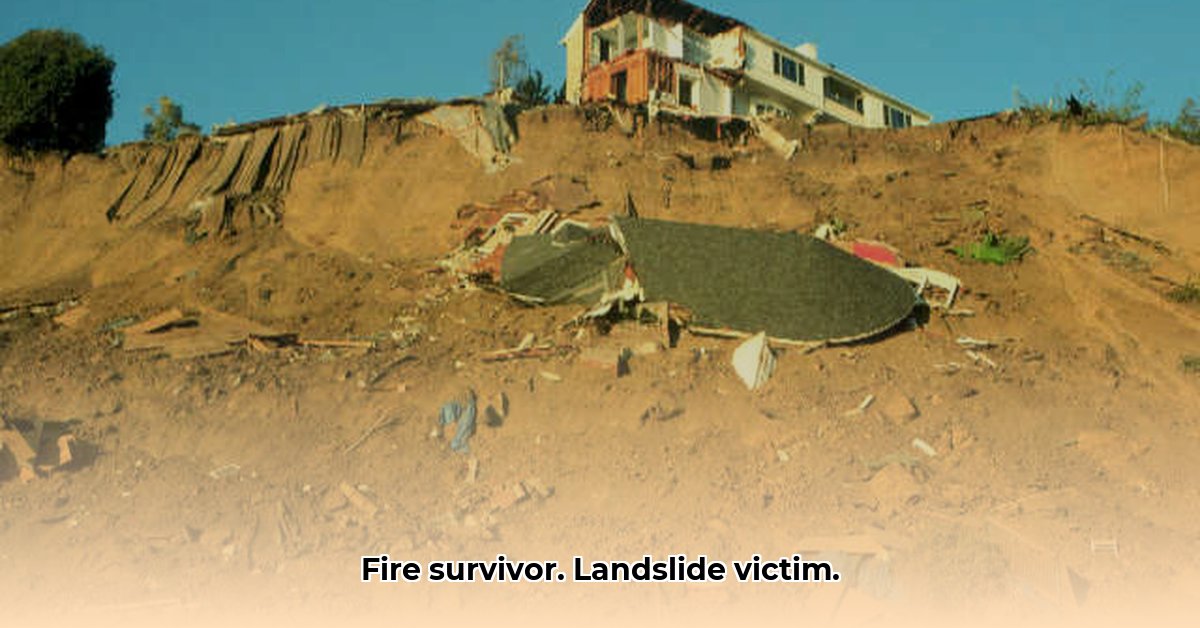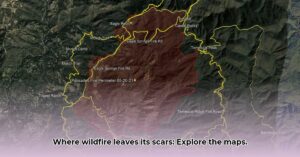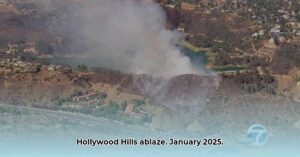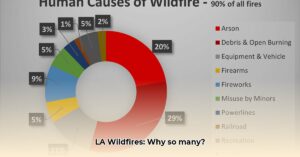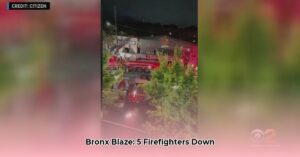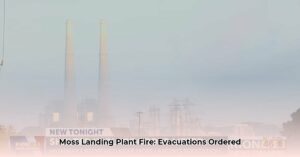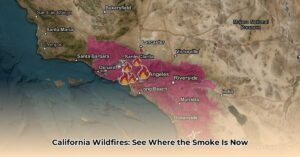Quick Reference Summary:
- Date of Landslide: January 16, 2025
- Location: 1700 block of Castellammare Drive, Pacific Palisades, California
- Probable Cause: Landslide likely exacerbated by the Palisades Fire
- Fire Status (as of 1/17/25): 27% contained; approximately 23,700 acres burned; estimated 5,000 homes damaged or destroyed.
Wildfire Survival Turns to Tragedy
A Pacific Palisades home that miraculously survived the recent Palisades wildfire met a tragic end Thursday morning, ripped apart by a landslide. The incident, which occurred in the 1700 block of Castellammare Drive, serves as a chilling reminder of the hidden dangers lurking on scorched hillsides throughout Southern California.
Cause of the Landslide
The landslide wasn’t simply an act of nature; it was likely a direct consequence of the Palisades Fire, which ignited on January 7, 2025. The fire, having consumed nearly 23,700 acres and damaged or destroyed an estimated 5,000 homes, left the hillsides bare and vulnerable. Stripped of vegetation, the soil lost its natural anchor, making it susceptible to erosion and landslides. Some experts suggest that the water used to fight the wildfire may have also contributed to saturating the ground, further increasing the instability. The weight of mud, debris, and possibly water-saturated soil likely dislodged the house from its foundation, ultimately splitting it in two.
Risks to Other Homes
In the aftermath of this tragedy, the Los Angeles Fire Department (LAFD) is working to assess the risk to other properties in the area. Teams are surveying the charred hillsides of Pacific Palisades and Malibu, looking for signs of instability. This raises a crucial question: how many other homes are at risk? With thousands of homes situated on slopes throughout Southern California, the potential for further landslides is a serious concern.
How Wildfires Increase Landslide Risk
Wildfires don’t just burn trees and brush; they destroy the intricate root systems that bind the soil and absorb rainwater. This effect is particularly pronounced on steep slopes like those in the Pacific Palisades, where the removal of vegetation creates a precarious situation. The dry, loose soil, without the stabilizing force of roots, becomes highly susceptible to erosion and landslides. Even without heavy rainfall, the denuded slopes can give way, as the soil loses its cohesion and ability to resist gravity. The heat from intense fires might also alter the chemical composition of the soil, making it less cohesive. Some researchers are investigating whether the loss of root systems creates channels in the earth, providing pathways for water to flow and further destabilize the ground.
The Long-Term Impacts and Montecito Parallels
The dry climate of Southern California, coupled with the ever-present threat of wildfires, creates long-term concerns. Even years after a fire is extinguished, the impact on land stability lingers. Weakened root systems and degraded soil continue to pose a landslide risk. The slow-moving slide in Rancho Palos Verdes serves as another example of how instability caused by past wildfires can manifest years later. This incident in Pacific Palisades evokes memories of the devastating Montecito mudslides of 2018, which were triggered by heavy rains on fire-ravaged hillsides. While smaller in scale, the Pacific Palisades landslide serves as a stark reminder of the potential for similar tragedies.
Prevention and Preparedness
The LAFD’s investigation and property surveys are critical first steps. However, community awareness and individual preparedness are essential. Homeowners in fire-affected areas, especially those on hillsides, should familiarize themselves with the signs of land instability, such as leaning trees or cracks in the ground. Consulting with a geotechnical professional can provide site-specific assessments and recommendations. Developing an evacuation plan is also vital. Resources like the United States Geological Survey (USGS) website offer valuable information on landslide preparedness and safety.
This tragedy underscores the need for comprehensive, long-term solutions. Stricter building codes in fire-prone areas, improved early warning systems for landslides, and proactive vegetation management are all crucial strategies. While scientists continue to study the complex relationship between wildfires and landslides, increased awareness, ongoing research, and proactive mitigation efforts can empower communities to better protect themselves against these devastating events.

